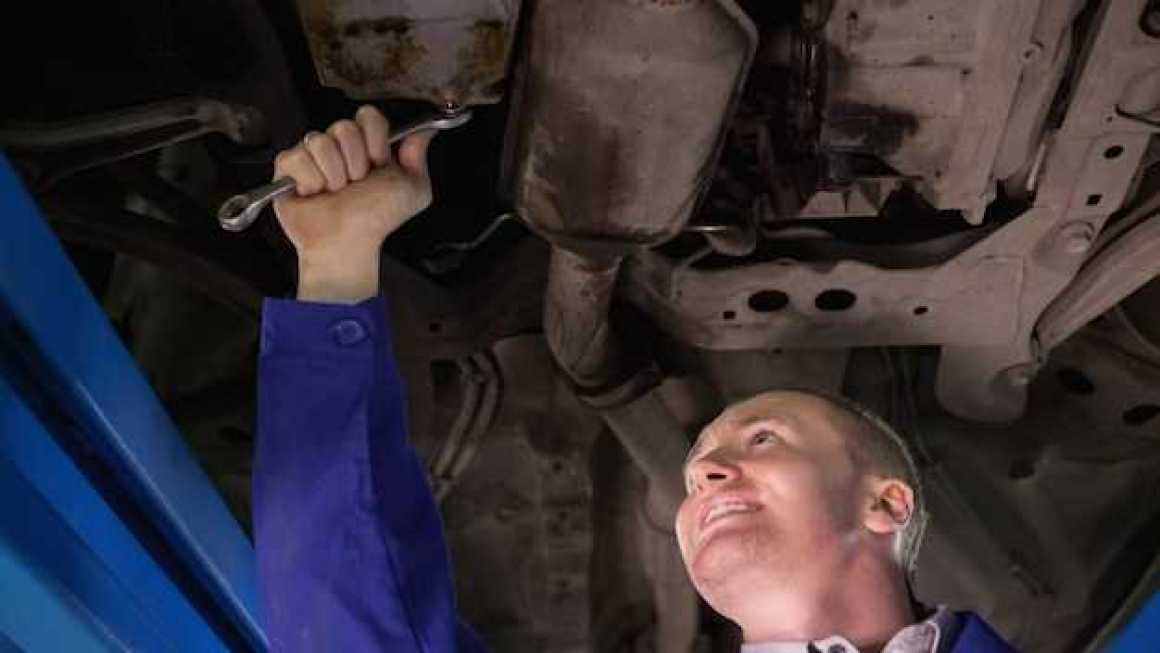
Tire rotation is a crucial maintenance practice that can significantly impact the safety and performance of your vehicle. Regularly rotating your tires helps ensure even wear, which can extend the life of your tires and improve handling. Neglecting to perform timely tire rotations can lead to uneven tire degradation, resulting in reduced traction and stability when driving.
As tires wear differently depending on their position on the vehicle, understanding the optimal frequency for rotation is essential. Generally, it is recommended to rotate your tires every 5,000 to 7,500 miles. However, this interval may vary based on your driving habits, type of vehicle, and tire specifications. Keeping an eye on tread depth and tire condition can provide additional insights into when rotations should be performed.
Increased awareness of your tire maintenance not only promotes safety on the road but also contributes to cost savings in the long run. By preventing premature wear and enhancing the lifespan of your tires, you’ll ultimately save on replacement costs while ensuring a safer driving experience.
Understanding Tire Wear Patterns and Their Impact on Safety
Proper tire maintenance is crucial for ensuring safety on the road. One of the most important aspects of this maintenance is understanding tire wear patterns, which can significantly impact vehicle performance and driver safety.
Tires wear down in different ways depending on various factors, including driving habits, vehicle alignment, and road conditions. Recognizing these patterns can help drivers take appropriate actions to enhance safety.
- Uneven Wear: This occurs when certain areas of a tire wear down faster than others. Common causes include improper inflation, misalignment, or issues with suspension. Uneven wear can lead to reduced traction, making it harder to control the vehicle in various conditions.
- Cupping: This pattern is characterized by high and low spots around the tire’s tread. Cupping often results from faulty suspension components or improper tire pressure. Tires with this wear pattern might produce a noticeable noise and affect ride comfort, while also compromising grip.
- Center Wear: When the tread wears more in the center than the edges, it indicates over-inflation. This can lead to a significant reduction in traction, particularly in wet conditions, increasing the risk of hydroplaning.
- Edge Wear: If the outer edges of the tire wear more quickly, this could indicate under-inflation or poor wheel alignment. Edge wear can diminish cornering stability, making it harder to navigate curves safely.
To combat these wear patterns, regular tire rotation is essential. Tire rotation helps to ensure that all tires wear more evenly over time, thereby extending their lifespan and maintaining optimal performance and safety.
- Check tire pressure regularly to prevent under- or over-inflation.
- Have your vehicle’s alignment checked and corrected if necessary.
- Schedule tire rotation based on manufacturer recommendations, typically every 5,000 to 7,500 miles.
In conclusion, understanding tire wear patterns and their implications on safety is vital for any driver. Regular maintenance, including tire rotation, helps maintain performance, prolongs tire life, and most importantly, allows for safer driving conditions.
Recommended Tire Rotation Intervals for Different Vehicle Types

Regular tire rotation is essential for maximizing the lifespan of your tires and ensuring safe driving. The recommended intervals for rotation can vary based on the type of vehicle. Here’s a breakdown of the appropriate tire rotation frequencies for different vehicle categories:
Passenger Cars: Most passenger cars should have their tires rotated every 5,000 to 7,500 miles. This interval helps to mitigate uneven wear due to differences in weight distribution and driving patterns.
SUVs and Trucks: SUV and truck owners are advised to rotate tires every 5,000 to 8,000 miles. These vehicles often experience more significant weight shifts and heavier loads, making regular rotation critical for maintaining tire performance.
Performance Vehicles: High-performance vehicles typically require more frequent tire rotation, often recommended every 3,000 to 5,000 miles. This is due to the high speeds and cornering forces that can lead to rapid tire wear.
All-Wheel Drive (AWD) and Four-Wheel Drive (4WD) Vehicles: For AWD and 4WD vehicles, rotation should occur every 3,000 to 5,000 miles as well, since all four tires actively engage with the road, causing wear patterns that differ from two-wheel drive vehicles.
It’s important to consult your vehicle’s owner manual for manufacturer-specific recommendations. Adhering to these guidelines not only enhances safety but also contributes to better fuel efficiency and improved handling.
Signs Indicating It’s Time for a Tire Rotation

Regular tire rotation is essential for maintaining even wear and prolonging the life of your tires. Here are some clear signs that indicate it’s time for a tire rotation:
First, check for uneven wear patterns on your tires. If you notice that the tread on one side is significantly more worn than the other, it’s a clear indication that a rotation is necessary. This disparity can lead to compromised traction and safety.
Secondly, pay attention to the tread depth. If the depth of your tire tread varies greatly between the front and rear tires, it’s time to rotate them. An easy way to measure tread depth is by using the penny test, where inserting a penny into the tread can help you determine if it’s still safe for driving.
Additionally, if you find that your vehicle pulls to one side while driving, this could also signal uneven tire wear. A rotation might help in rectifying this issue, ensuring a smoother and safer ride.
Another sign is if you have driven over a significant mileage threshold. Many experts recommend rotating your tires every 5,000 to 8,000 miles, so keep an eye on your odometer. It’s good practice to perform rotations according to your vehicle’s specific maintenance schedule.
Finally, listen for unusual sounds while driving. If you start hearing thumping or vibrations that weren’t present before, it may be due to tire wear. Addressing these issues with a rotation can prevent further damage and enhance safety on the road.



